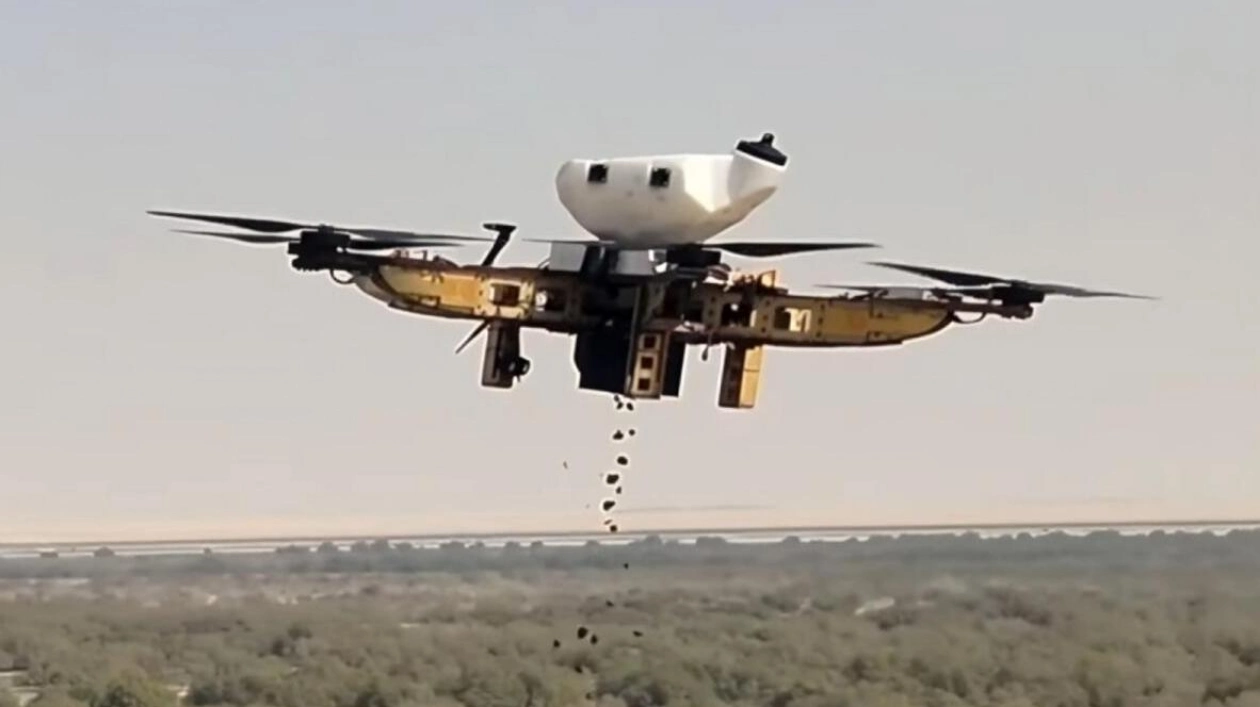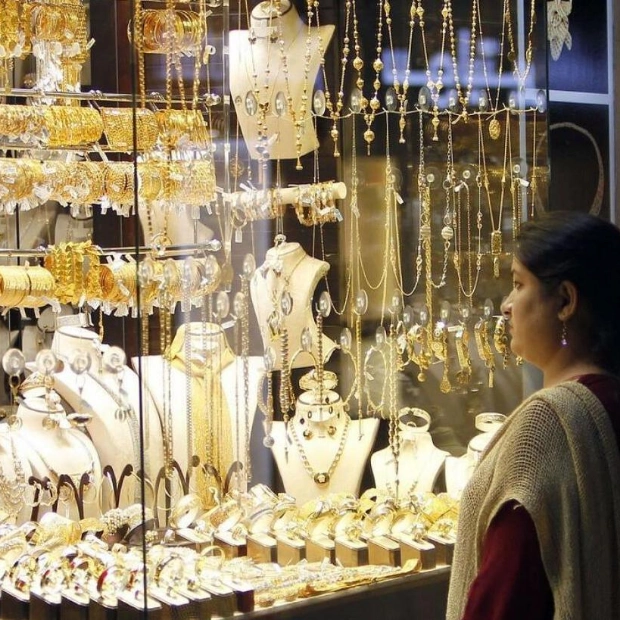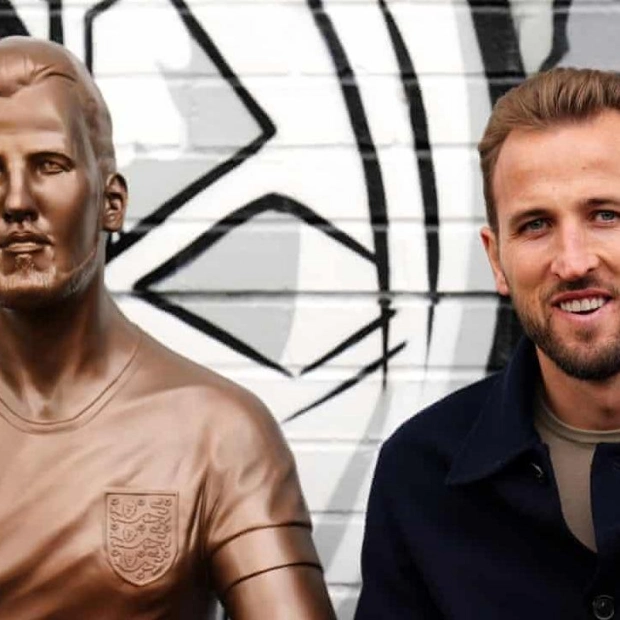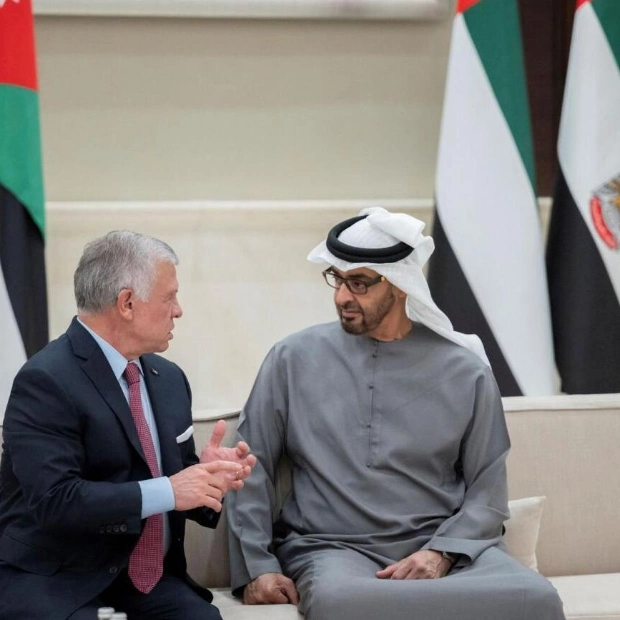A UAE-based environmental technology firm, Distant Imagery, has been utilizing drones constructed from wood and recyclable materials to plant millions of mangrove seeds across Abu Dhabi. Over the years, this self-funded company has collaborated with entities such as ADNOC, ENGIE, and Mubadala Energy to restore mangrove ecosystems through innovative drone planting technology, which has been endorsed and adopted by the Environment Agency – Abu Dhabi (EAD).
"We design and build our drones, all of which are 'Made in the UAE' and made of wood for sustainability reasons," said Jane Glavan, co-owner of Distant Imagery, to Khaleej Times. The project began by planting 2,000 seeds and has since scaled up to plant 3.5 million mangrove seeds in 2023.
"Drones have a lower environmental impact and allow for large-scale planting. We've been planting for the past five years, starting with 2,000 seeds, then 10,000, 150,000, and eventually reaching 2.5 million. Last year, we planted about 3.6 million seeds, and this year, we aim to plant around 4.2 million," Glavan explained, highlighting the planting of 2.5 million mangrove seeds for ADNOC.
Restoring mangrove forests is crucial in the battle against climate change as they store up to 10 times more carbon. Distant Imagery has worked in various areas of Abu Dhabi, including Mirfa coastal lagoon, Al Nouf, Ruwais, Mirfa, and Al Hameem, facilitating large-scale reforestation.
"We use drones for restoration in hard-to-reach, environmentally sensitive areas where traditional methods are challenging," Glavan noted. Seeds are collected from trees, germinated, and then loaded into custom-built drones, each equipped with a tank designed for mangrove restoration. Once airborne, the drones release seeds at a speed of 80km/hour.
"It's like a mechanical shot straight down into the soil, where the seed takes root and begins to grow," Glavan described. The project has achieved a high success rate through monitoring and replenishment exercises.
"We monitor twice a year and calculate the success rate of each seedling. In September and October, we go out to replenish any unsuccessful plantings, ensuring that ADNOC ends up with 2.5 million healthy mangrove seeds," Glavan said. Distant Imagery employs an ecological restoration approach, from site selection to understanding natural growth patterns and planting seeds.
"We follow ecological patterns and nature's lead. We understand where seeds would naturally grow and plant them directly into the soil, two at a time, in the best growing conditions," Glavan explained. Currently, six drones are in operation, with plans to introduce a new design soon.
"We're modifying the design to include another six drones with a built-in tank and a longer arm, allowing us to operate faster and ensure seeds are firmly planted in the soil," Glavan said. Distant Imagery also engages volunteers, including students, in their fieldwork.
"With ADNOC, we involve 1,000 youth and staff, teaching them the planting patterns. We have schools, community groups, and individuals with disabilities join us. Volunteers collect seeds, assist in germination, move drones, and even name the seeds they plant," Glavan detailed. "They monitor the areas they planted and get to see their seeds grow, which is a beautiful experience." Distant Imagery is empowering communities in Tonga, Madagascar, and Brazil by teaching them how to build and operate drones.
"We're training them to build, fly, and become self-sufficient. Imagine a world where these communities work together, planting mangroves and scaling up their operations. We also provide a platform for knowledge exchange, where they learn about the UAE and the late Sheikh Zayed's legacy," Glavan said, mentioning plans for three more community projects, including one in Indonesia.
"We aim to expand to five community projects next year and are looking for additional partners to join us in this adventure," Glavan concluded.






